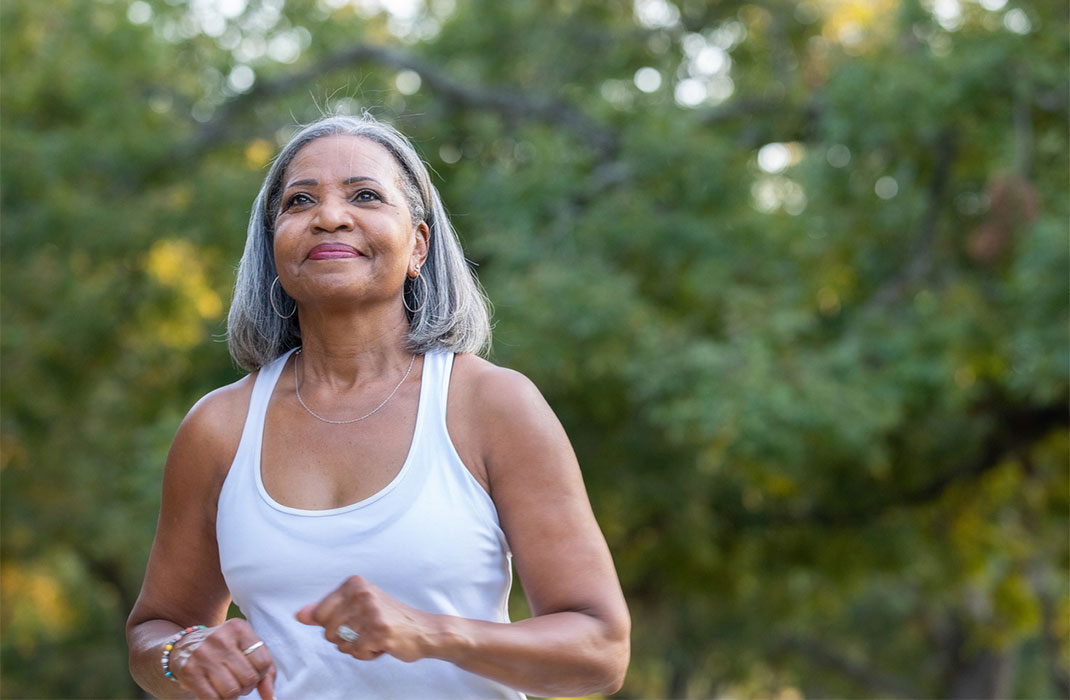-
- Find Care
-
- Visitor Information
- Find a Location
- Shuttles
- Visitor Policies
-
-
- Our Virtual Care Options
- Virtual Urgent Care
- Virtual Visits for Primary & Specialty Care
- Online Second Opinions
- Participate in Research
-
- Contact us
-
- For Innovators
- Commercialization Guide for Innovators
-
-
- Research News
- Alzheimer's Disease
- Artificial Intelligence
-
- Overview
-
- Overview
- Getting Started
- New to Mass General Brigham
- International Patient Services
- What Is Patient Gateway?
- Planning Your Visit
- Find a Doctor (opens link in new tab)
- Appointments
- Patient Resources
- Health & Wellness
- Flu, COVID-19, & RSV
- Billing & Insurance
- Financial Assistance
- Medicare and MassHealth ACOs
- Participate in Research
- Educational Resources
- Visitor Information
- Find a Location
- Shuttles
- Visitor Policies
- Find Care
-
- Overview
- Our Virtual Care Options
- Virtual Urgent Care
- Virtual Visits for Primary & Specialty Care
- Online Second Opinions
-
- Overview
- Participate in Research
-
- Overview
- About Innovation
- About
- Team
- News
- For Industry
- Venture Capital and Investments
- World Medical Innovation Forum (opens link in new tab)
- Featured Licensing Opportunities
- For Innovators
- Commercialization Guide for Innovators
- Contact us
-
- Overview
- Information for Researchers
- Compliance Office
- Research Cores
- Clinical Trials
- Advisory Services
- Featured Research
- Two Centuries of Breakthroughs
- Advances in Motion (opens link in new tab)
- Brigham on a Mission (opens link in new tab)
- Gene and Cell Therapy Institute
- Research News
- Alzheimer's Disease
- Artificial Intelligence
-
- Overview
-
- Overview
- Residency & fellowship programs
- Brigham and Women's Hospital
- Massachusetts General Hospital
- Mass Eye and Ear
- Newton-Wellesley Hospital
- Salem Hospital
- Integrated Mass General Brigham Programs
- Centers of Expertise
- Global & Community Health
- Health Policy & Management
- Healthcare Quality & Patient Safey
- Medical Education
- For trainees
- Prospective trainees
- Incoming trainees
- Current trainees
- Continuing Professional Development
Exercises for Parkinson’s Disease

Parkinson’s disease gradually impacts your brain and body over time. It can affect almost every aspect of movement, from walking and talking to digestion. Although there is no cure for Parkinson’s, combining exercise with other medical treatments can help slow the worsening of symptoms.
“I always tell my patients that Parkinson’s is a condition you manage indefinitely. The good news is that exercise has been shown in research to help delay, and even prevent, mobility problems,” says Kelly Hussey, PT, DPT, a Mass General Brigham physical therapist. Hussey is a board-certified neurologic clinical specialist and senior physical therapist in the Department of Physical Therapy and Occupational Therapy at Massachusetts General Hospital.
She works closely with providers in the Mass General Parkinson's Disease and Movement Disorder Center, recognized by the Parkinson's Foundation as a Center of Excellence for Parkinson’s research, clinical care, community education, and outreach. With the right treatment from an expert Parkinson’s disease care team, you can successfully manage symptoms for many years to come.
“Some things feel very out of control when you have Parkinson’s,” Hussey says. “Parkinson’s exercises can be one way to fight back against the disease.”
Management of Parkinson’s disease symptoms
The key early non-motor (non-movement) signs of Parkinson's disease typically occur before motor (movement) signs.
People with Parkinson’s experience mobility-related symptoms, including:
Misjudging movement, such as missing what you are reaching for or colliding with objects while walking
Problems doing two things at once, like walking and talking
Slow or small movements
Sudden inability to move
Tightness that makes it hard to turn the body
Trouble moving from sitting to standing and other balance-related movements
The movement issues that come with Parkinson’s disease can lead to other problems, such as:
Decreased flexibility and endurance
Pain, weakness, and stiffness
Poor posture
Shuffling with shorter, smaller steps while walking
Unsteadiness and risk of falling
“We know what the issues from Parkinson’s will lead to, and we try to prevent them before they start. We educate people about the importance of exercise as soon as they are diagnosed,” Hussey says. “For instance, stretching and using your full range of motion helps maintain flexibility and may help prevent stiffness or pain.”
Research shows improvement with Parkinson’s exercises
Changes in brain chemistry lead to Parkinson’s symptoms. But research shows regular exercise can improve brain function for Parkinson’s patients.
A study on exercise and Parkinson’s published in the Annals of Neurology in 2022 examined the effects of exercise on the brain. Researchers discovered that aerobic exercise improves how your brain controls your body, including a reduction in Parkinson’s movement problems.
“This study suggests aerobic exercise can improve how people with Parkinson’s think and feel,” Hussey says. “Exercise helps your muscles, heart, and lungs get stronger, and makes positive differences in your brain. The research is really exciting because it supports what we already see happening with patients.”
Work with a physical therapist for Parkinson’s exercises
Whether you have never exercised or are picking it back up, Hussey suggests starting with a physical therapist who specializes in movement disorders.
“For some people it can be difficult to get started or know what is appropriate. Physical therapists understand Parkinson’s symptoms and create personal exercise programs,” Hussey says. “We test people to find out their current fitness level and then design a program to make exercise challenging and successful.”
The physical therapist recommends exercises for your symptoms and condition. The therapist also shows you safe ways to exercise if you have trouble with balance or you use a walker or cane. It’s also a good idea to return to a clinic once or twice a year to have a therapist reevaluate your exercise routine.
Hussey recommends finding a physical therapist who is a board-certified neurologic clinical specialist. Some therapists are additionally certified in LSVT Big. LSVT Big is a training method that teaches Parkinson’s patients how to use extra effort to produce bigger, more normal motions.
Simple exercises for Parkinson’s disease
Most people with Parkinson’s can do some simple exercises at home. “The best time to start exercising is right now. It’s never too early to start, even if you don’t have many symptoms. Also, it’s never too late,” Hussey says.
Always ask your doctor or physical therapist if it’s safe for you to exercise at home. When you get the green light, Hussey suggests making sure your workout has exercises in four categories:
